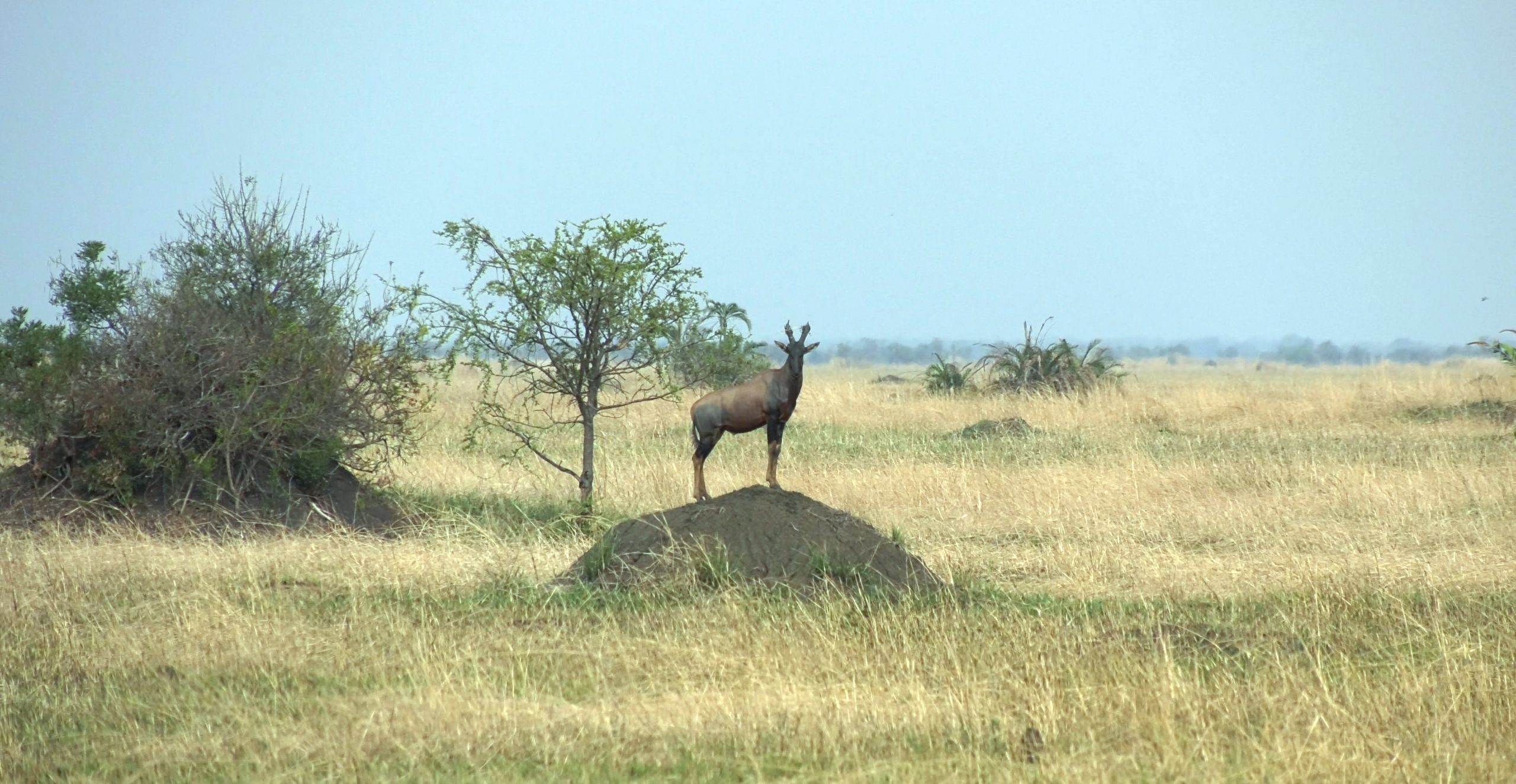A 2016 paper by Joseph Ogutu, Senior Statistician, University of Hohenheim et al. noted that over the past four decades, populations of almost all the common wildlife species in Kenya have fallen to one third or less of their previous levels.
Concurrently, livestock numbers, most notably sheep and goats, increased by 76.3%.
The number of the 18 most common wildlife species reduced from 1,809,605 in 1977-1980 to 607,233 in 2011-2013.
The average rate of wildlife loss of 68.1% also gives a false sense of comfort. It conceals some severe declines in individual counties such that, by 2016, populations of many species had been virtually wiped out.
For example, while the national rate of decline for hartebeest was 84%, hartebeest numbers had fallen by 88%-100% in six of the 11 counties in which they occur in the rangelands.
The eland is another example. The numbers declined nationally by 78% but had plummeted by between 85% and 100% in 10 of the 15 counties they inhabit.
Ogutu concludes that the leading cause of the extreme wildlife losses is the failure of official policy, institutions and markets for wildlife and wildlife products in Kenya.
Protected wildlife areas cover only 8% of Kenya.
There are no official institutions for conserving or protecting wildlife on the rangelands and where land is owned by individuals or communally.
The people who own the land have no access rights or user rights over the state-owned wildlife on their private lands.
This factor means landowners get no compensation for supporting state wildlife, nor are they compensated for property damage caused by wildlife.
This lesson was learnt by conservationists in Southern Africa in the 1960s. https://www.tandfonline.com/doi/pdf/10.1080/00445096.1965.11447326
Why has it taken Kenya so long to realize these realities?


